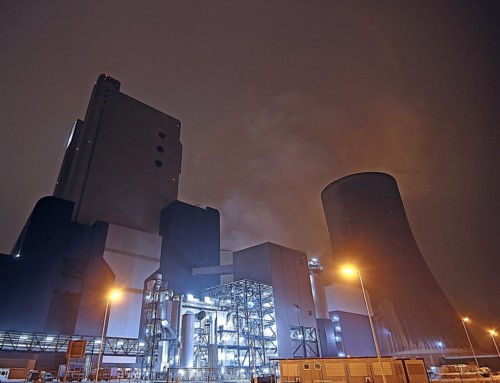
Lightining. Image by GreenSociety.
ZIMSEC O Level Geography Notes: Weather Hazards: Lightining
- Is typically caused by the physical characteristics of cumulonimbus weather conditions.
- As rain drops fall the energy which they have causes a positive charge to develop at the top of a cloud and negative charges to develop at its base.
- The earth becomes negatively charged.
- Lightning, which simply flashes of electricity, moves from the top of the cloud to the bottom of the cloud and from.
- It also occurs from the bottom of the cloud to the ground.
- Also as water droplets and ice crystals in clouds fall and collide with one another, especially in super-cooled water vapor, they form like charges from which flashes of electricity move from part/cloud to another part/cloud with a different charge.
- Due to the last process outlined above most lightning flashes occur within and between clouds.

Image via Pixgood.
Thunder
- It is caused when a lightning flash suddenly heats and expands the surrounding air during discharge causing booming sound-waves.
- Because the speed of sound is much less than that of light an observer who is at a distance sees the flash well before they hear the noise.
Dangers of Lightning
- In Zimbabwe and other tropical countries a lot of people die from lightining strikes.
- Usually lightning strikes the tallest conducting item as it seeks the quickest way to reach the ground.
- In empty places where there are not trees or buildings standing human beings become likely targets.
- Lightning also causes eletrical surges in power grids which might damage unproctected electrical gadgets if they are plugged in and switched off.
- Can damage buildings especially in rural areas where there are relatively few build up places and buildings present the tallest conductors.
Mitigating the dangers of lighting.
- Protect your home using a lightning conductor see below.
- Wear rubber shoes when going out during thunderstorms.
- Take shelter from lightning under a group of shorter trees, taking shelter under the a lone tree or the tallest tree(s) will make you a likely target.
- Stay inside a car or bus.
- Do not use electrical gadgets.
- Do not take a bath or shower as some installations e.g. ZESA use electrical pipes to “earth” household electrical circuits.
- Do not walk on higher grounds/hills/mounds/open spaces during a thunderstorm.
- Do not walk through water puddles a nearby lightning strike might be conducted through the water.
- Do not carry metal objects like pails on your head during thunderstorms.
- Do not touch metal objects like fences during a thunderstorms.
- Do not wash dishes in metal sinks during the storm or touch the kitchen faucet.
- Do not carry sharp spiked metal objects like garden forks outside during a storm.

Lightning Conductor. Image via Elliot Electric.
To access more topics go to the Geography Notes page.







